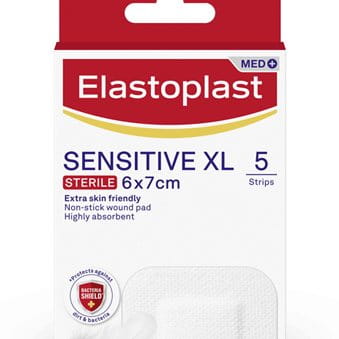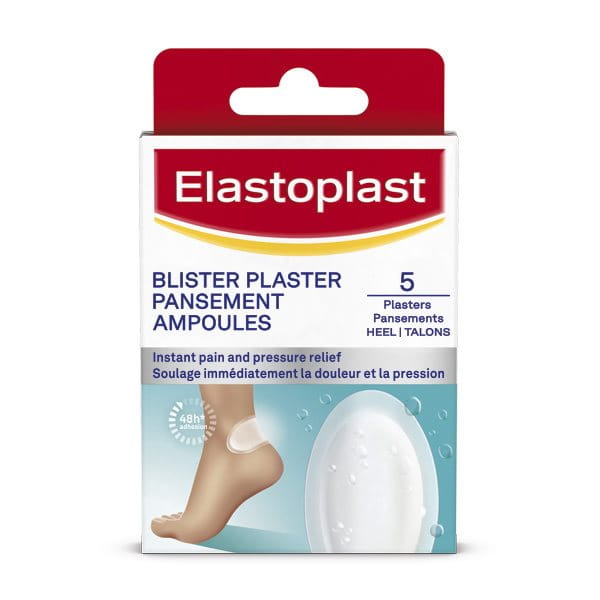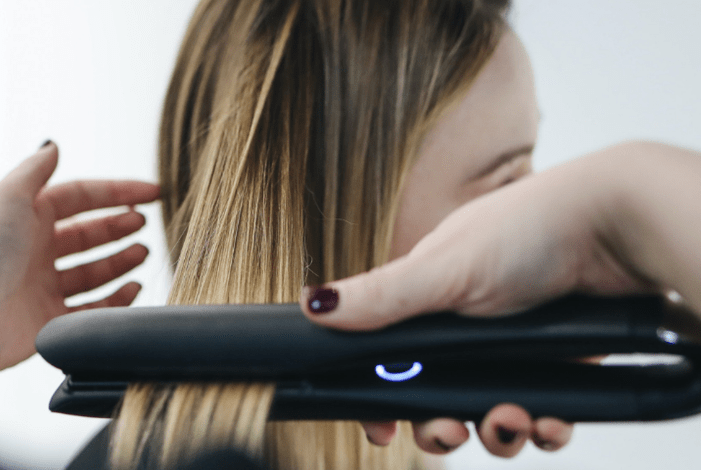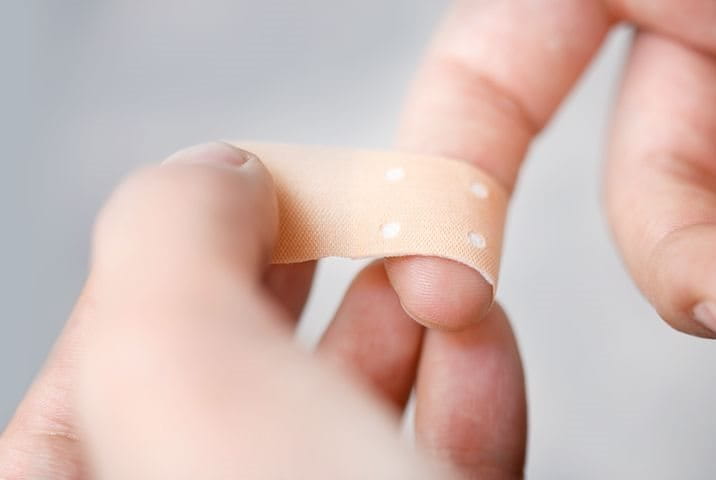Published: February 2016
Last Reviewed: November 2024
There are different types of wounds, each requiring specific treatment for effective healing. Open wounds, like cuts and abrasions, break the skin's surface and require cleaning and protection from infection. Closed wounds, such as bruises or contusions, do not break the skin but may require attention to reduce swelling and pain.
Understanding these differences can help you make sure the right care is applied, preventing complications and promoting faster recovery. Explore the differences and types of open and closed wounds below and find different effective healing treatments.





.jpg)






